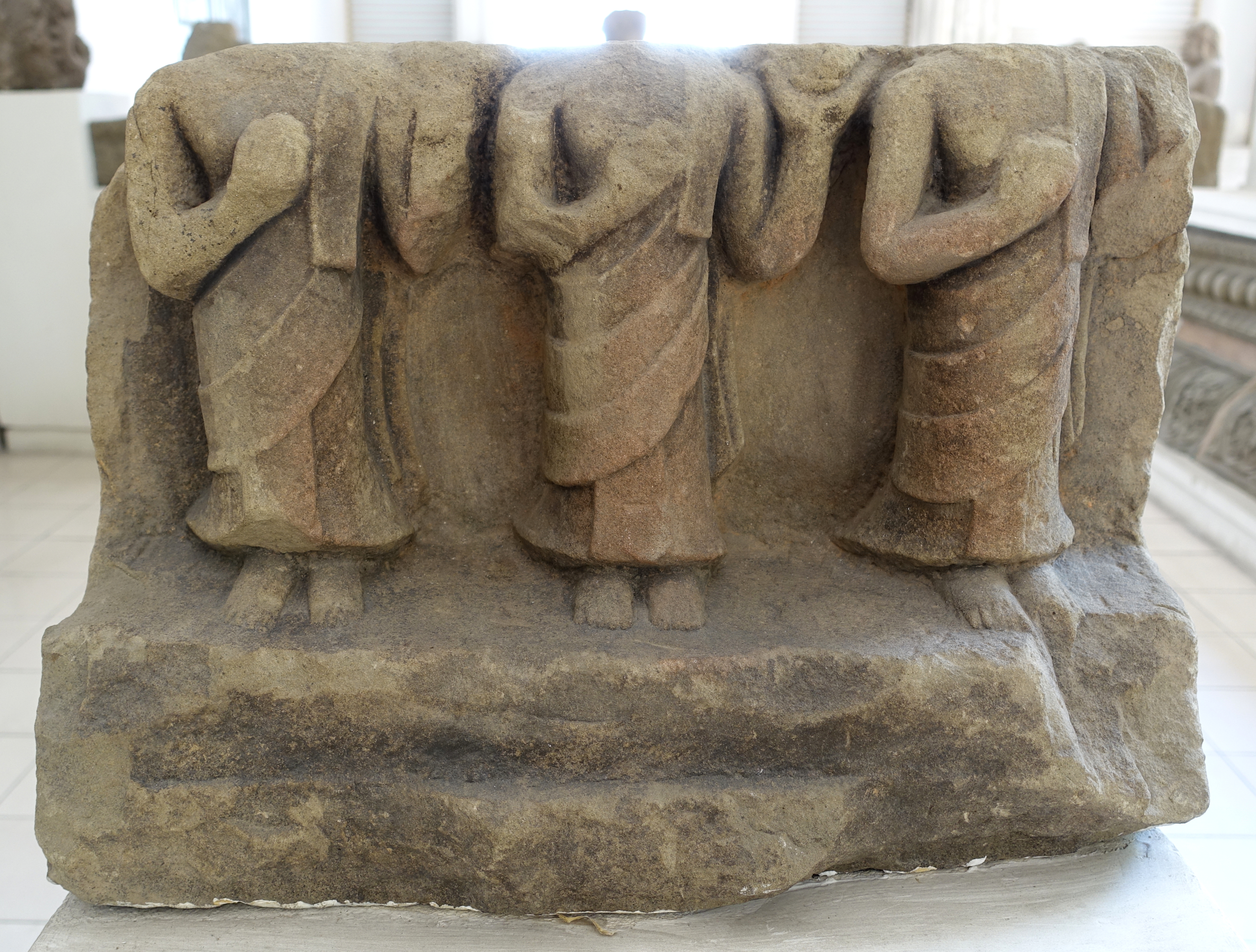Time Periods
Paleolithic
Mesolithic
Neolithic
Chalcolithic
Bronze Age
Iron Age
Classical Period
Post-Classical Period
Early Modern Period
Industrial Period
Contemporary Period
Time Periods
Paleolithic
Mesolithic
Neolithic
Chalcolithic
Bronze Age
Iron Age
Classical Period
Post-Classical Period
Early Modern Period
Industrial Period
Contemporary Period
About
Indrapura, also known as Đồng Dương, was a significant city in the history of the Champa kingdom, serving as its capital from 875 CE during the reign of King Indravarman II. Located in present-day Vietnam, the site is characterized by its ruined citadel, royal palace, and religious structures, reflecting the Buddhist influence of its time. Indrapura was strategically significant, with features like roads, bridges, and watchtowers indicating a well-urbanized city. The city and its temples were central to Buddhist practices, with notable temple complexes like Lasmindra Lokesvara built during Indravarman II's reign. However, the city's prominence waned due to external threats, including wars with the Khmer Empire and Đại Việt, leading to its eventual decline and destruction. Despite modern-day damage and erosion, excavations have provided valuable insights into its historical and cultural significance.
Gallery
Explore photographs of ancient structures, artifacts, and archaeological excavations at Indrapura (Champa)

Archaeological Features
Explore the unique architectural and cultural elements found at this historical site
Defensive Structures
Religious and Ritual Structures
Domestic and Habitation Structures
Transportation and Communication Structures
Historical Timeline
Journey through time and discover key events in this site's archaeological history
Plan Your Visit
Details
- Country
- Vietnam
- Source
- Wikipedia